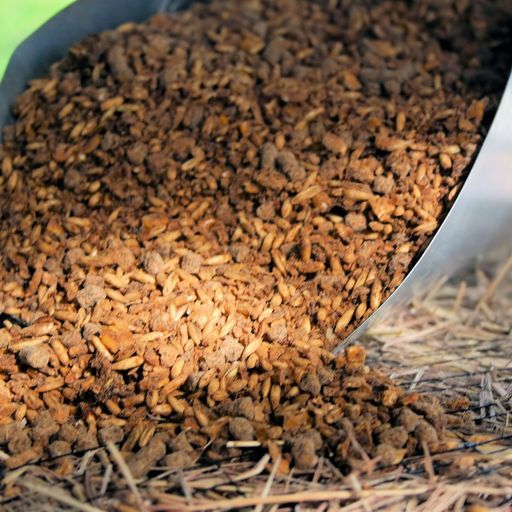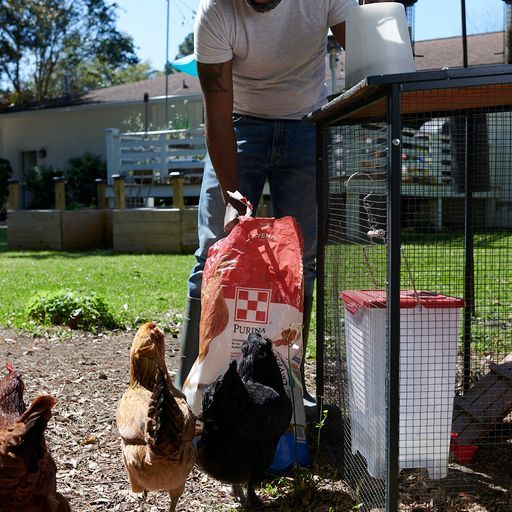Everything You Need to Know About Feed Tags
Learn to compare feed tags with confidence


No matter what animals roam your farm, determining which feed to purchase can feel like a big task-like, what's actually in the bag? With a little knowledge, though, you'll understand feed-tag lingo.

Feed tags are required by law for every bag of commercial feed. Here's what a feed tag tells you:
1. Product name-An obvious but important piece of information. If a product is medicated, the word "medicated" 'will follow the product name.
2. Purpose statement-Information about the species and animal class the feed is indicated for. This information is critical to determine if the feed has been specifically formulated for your animal type.
3. Active ingredient(s) - Lists any active ingredients in the feed and their associated level.
4. Guaranteed analysis -A list of required nutrients, dependent upon the intended use of the feed and animal type. Any nutrient guaranteed on the tag is potentially subject to testing by regulatory agencies to determine whether the guarantees are accurate.
5. Feed ingredients -A list of ingredients beyond what's listed in the guaranteed analysis section. The list may include individual ingredients and/or collective terms (broad categories that include a variety of similar ingredients). Ingredients are required to be listed in descending order of inclusion.
6. Directions of use - Explains the safe and effective use of the feed.
7. Feeding and management instructions-A detailed description explaining how the product should be fed. When a product is not fed according to the directions, there is a risk that the nutritional needs of the animals eating the feed are not being met.
8. Manufacturer/distributor information - The name appearing on the
label is responsible for the feed product and regulatory compliance. Distributors use the statement "manufactured for" or "distributed by" to differentiate themselves from manufacturers.
9. Storage-Instructions for feed storage.
10. Precautionary statements and warnings-Describes potential hazards for humans and domestic animals.
There are limits to what can be included on feed tags so it's important to understand what you can and cannot determine from the information.
Visit purinamills.com/ education to learn more.
Tags:Country Critters

Acreage Life is part of the Catalyst Communications Network publication family.















